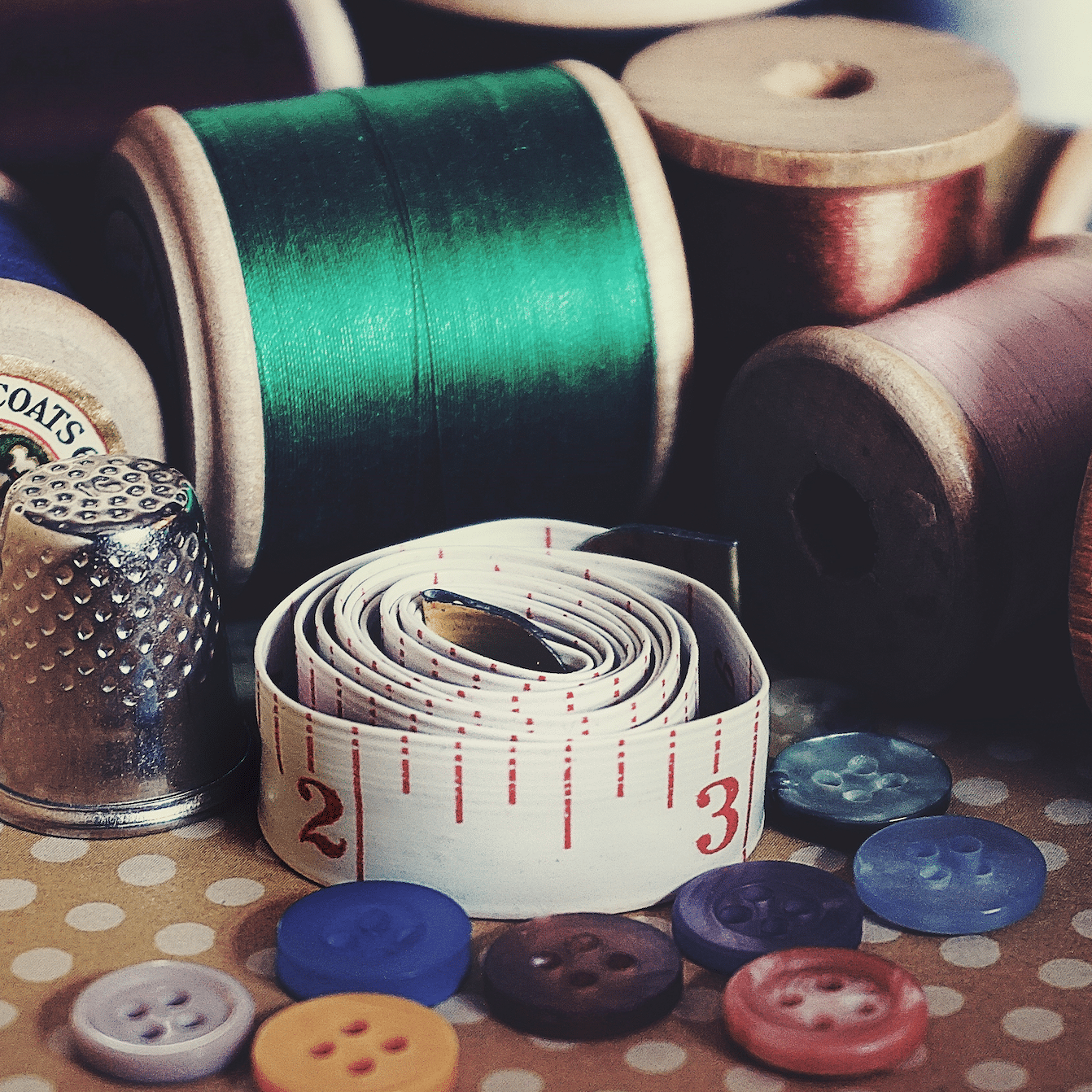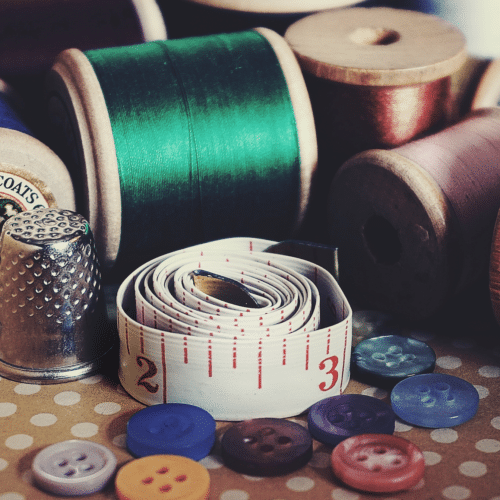Before Amazon and online shopping monopolized retail production, and before Hudson County became a hub for Manhattan commuters, the embroidery industry between West New York and Union City flourished. The Palisade Cliffs of North Hudson County were home to factories and a hotspot for the working class. After railroads were built in the early 1800s, jobs opened up in the area surrounding North Bergen and the local economy boomed. Keep reading to learn how Hudson County became the embroidery capital of the world.

How Embroidery Came to Hudson County
In the early 1900s, Swiss immigrants brought the embroidery industry to West New York, NJ. What was once a manual process, became automated through the invention of embroidery machines that could efficiently complete the work in record time. Isaac Groebli of Switzerland invented the Schiffli machine, which combined a threaded needle and shuttle with the bobbin and thread. Factory workers were able to churn out products faster than ever while maintaining the quality and beauty of hand embroidery.
By 1948, North Hudson County represented 90% of all embroidery made in America, with 428 manufacturers between Union City, West New York, and North Bergen. All embroidery shops at this point were Swiss and German-owned and operated.
Read More: Hoboken #TBT: The Willow Terrace
How the Industry Flourished
Just a few years later in the early 1950s, Cubans began immigrating to Union City. The vast opportunities in factories and embroidery mills made North Hudson County a desirable place to settle. As the Cuban revolution began, more and more Cubans found themselves immigrating to the U.S. to start a new life. This fueled the continued rise of the embroidery industry and growing population on the western banks of the Hudson River, which coined the nickname “Havana on the Hudson.”
The Fall of the Hudson County Industry
Today, you can still see the area’s claim to its embroidery roots as you enter New Jersey from the Lincoln Tunnel. Unfortunately, the latter half of the 1900s meant increased competition from abroad, a rise in at-home embroidery and sewing technology, and a downturn in the once glowing factory area of Hudson County.
More developments were made in machinery, and home embroidery began to rise in popularity. The 1950s were fueled by post-war posterity, meaning more people could afford to purchase sewing and embroidery machines for their homes. This resulted in a decreased demand for the factories mass-producing embroidered goods. In the 1980s, machinery advanced yet again with the onset of computer technology. It became possible to produce computerized embroidery designs, opening up more possibilities for at-home stitching.
See More: Loew’s Jersey Theatre: A Civic Movie Palace in Jersey City
At the same time, overseas production of goods decreased the cost of manufacturing and therefore lowered costs for consumers. North Hudson County was no longer the center point for embroidery, as more manufacturing options became available elsewhere, at a fraction of the cost.
Today, embroidery has mostly vanished from North Hudson County. You can pay homage to the esteemed industry in Embroidery Plaza, which lies in a portion of New York Avenue in Union City. Upon its opening and dedication, Mayor Brian Stack of Union City said the plaza is a tribute to “the great richness of the people of our city and the wonderful people who lived here in the past and the wonderful contributions they made.”











